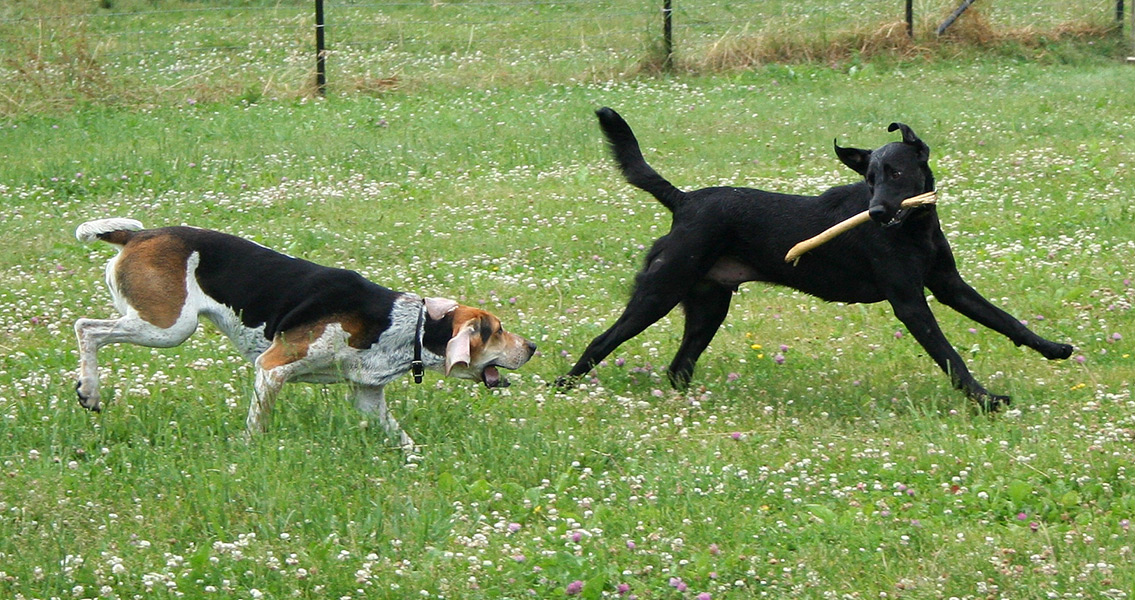<![CDATA[Dogs were the first animals to be domesticated by humans, this much science has established, but the place and time this occurred is still shrouded in mystery. A new paper, authored by geneticist Adam Boyko from Cornell University and a team of other researchers, claims that the place where the first dogs became domesticated was central Asia, and more precisely what is today Mongolia and Nepal. Boyko and his colleagues collected DNA samples from over 5,000 dogs, of which 4,767 were purebreds from 161 breeds (around a fourth of all existing breeds), with the rest being so-called “village dogs” that don’t belong to anyone and have a more diverse genetic makeup than purebreds. The samples came from 38 countries across the world. These village dog samples, 549 in total, were vital, the authors say in their paper, for gaining insight into dog origins. The researchers focused on 185,805 genetic markers. From these markers, the team found that some of the village dogs had higher levels of genetic “infiltration” from European dogs, which, Boyko told Science magazine, made it difficult to trace their origins in any reliable way. So, the team focused on a subset of samples, which included dogs with the lowest level of such infiltration. In this subset, they looked at differences in neighbouring genes, which could tell how long ago the dogs split from the wolves they descended from, and where. The results suggested that the most likely place of this split was central Asia, and that from there, man’s best friend spread first to the East, and then across the world. This isn’t the first study trying to establish when some wolves evolved into dogs, and not everyone agrees with its conclusions. There have been numerous studies with the same ambition in the past which have all come to different conclusions, mostly because of the huge increase in new dog breeds that has taken place over the last couple of centuries, Science notes. This makes it difficult to find out how dogs fared 20,000 years ago, Boyko told the magazine, explaining that this was the reason he and his team chose to focus on free-range dogs, especially ones that live in relatively isolated places. The lead author suggests that the split between wolves and dogs happened between 50,000 and 10,000 years ago, and followed from the fact that men and wolves hunted the same prey. This prey, however, at some point started to decline in numbers, which caused the carnivorous animals to become scavengers. Some of them realised that they had better chances of survival in proximity to humans. As to the reasons that brought about the food shortage, Boyko notes climate change and the growing density of human populations, among others. Some other geneticists and biologists looking into the origins of dogs are skeptical about the findings of Boyko’s team. One researcher, evolutionary geneticist Peter Savolainen from the Royal Institute of Technology in Stockholm, told Science that the sample did not include specimens from central and eastern China, and if it had, the results might have been different. Still, he pointed out that the findings are a valuable addition to the growing body of evidence that could be used in further studies -- like the one Savolainen is working on -- that use not just modern dog DNA but also genetic material from fossils to determine when and where dogs became domesticated. For more information: ” target=”_blank”>”Genetic structure in village dogs reveals a Central Asian domestication origin”à> Image courtesy of Wikimedia Commons user: Peter Wadsworth ]]>
Did Dogs Come from Central Asia?
